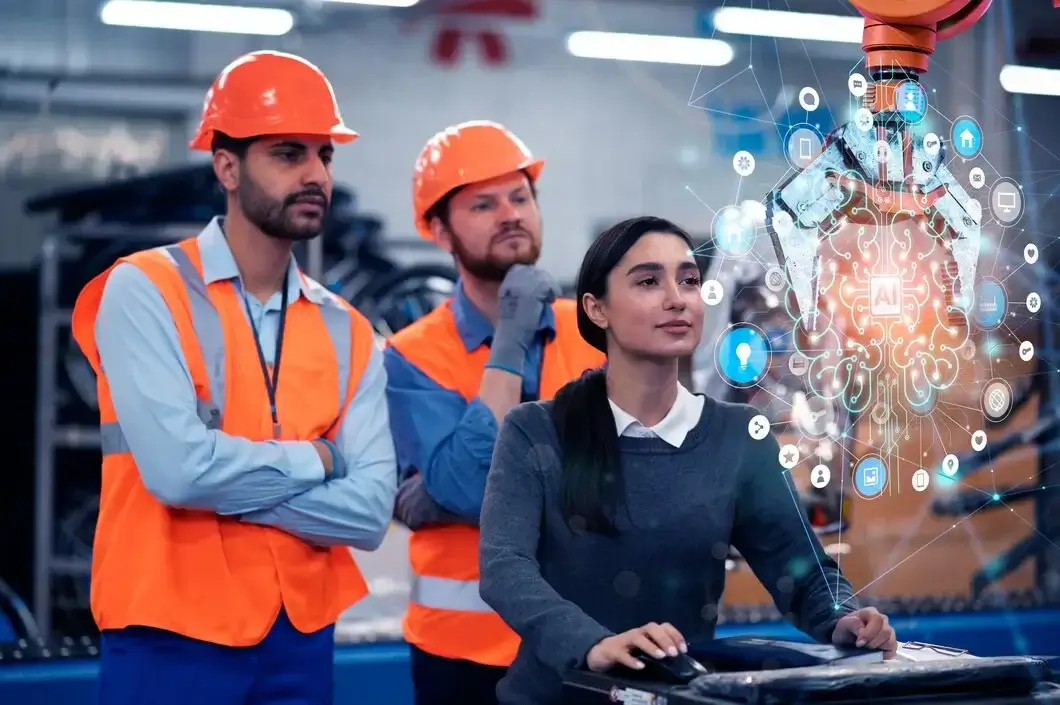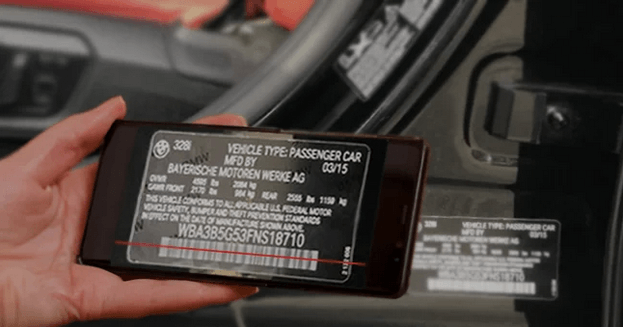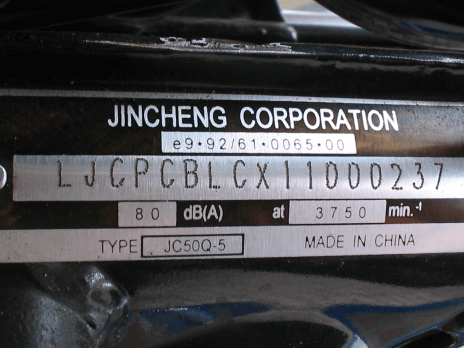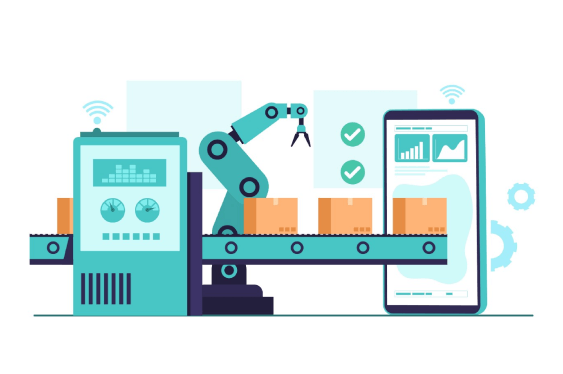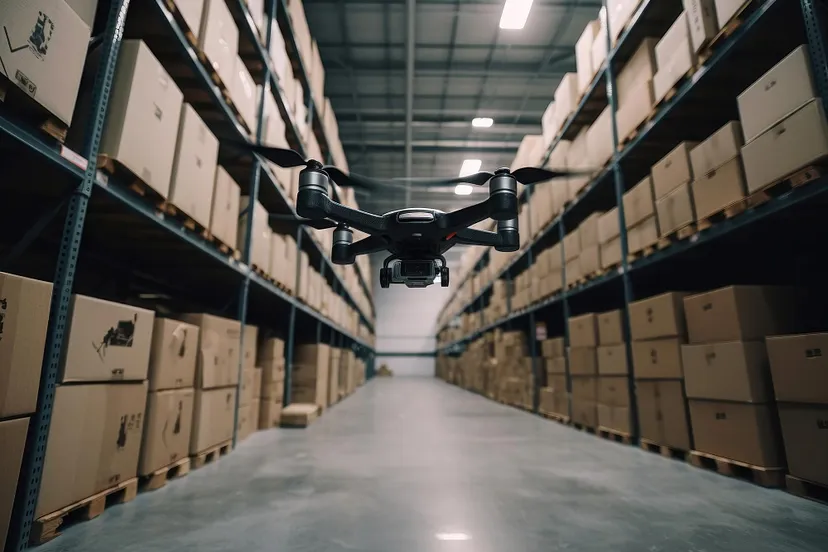In today’s rapidly changing manufacturing landscape, precision, efficiency, and quality control remain crucial elements of success.
With the emergence of Artificial Intelligence (AI), especially in the field of visual inspection, manufacturers are witnessing a transformative change in their daily operations. AI visual inspection imposes advanced algorithms and machine learning techniques which completely revolutionize the traditional approach of quality assurance.
Let’s discuss AI visual inspection and its importance, and the five benefits it brings to manufacturing.
Understanding AI Visual Inspection
Automated visual inspection, also referred to as AI visual inspection or machine vision inspection, is the process of examining images or videos of products or components to identify defects, abnormalities, or deviations from predetermined standards. In this process, AI algorithms such as deep learning, neural networks, and computer vision simulate human visual perception, enabling faster, accurate, and consistent analysis.
5 Key Benefits of AI Visual Inspection in Manufacturing
In the manufacturing domain, where even minor defects can have significant ramifications on product quality and customer satisfaction, the importance of AI visual inspection cannot be overstated. Here’s why:
- Enhanced Accuracy and Consistency: Unlike human inspectors, AI systems exhibit remarkable consistency and precision in detecting defects, minimizing the risk of oversight or subjective judgment errors. This ensures a higher level of quality control across production lines, leading to fewer defective products reaching the market.
- Increased Efficiency and Throughput: AI-powered visual inspection systems are capable of analyzing vast quantities of images or videos at unmatched speeds in real-time, making them highly efficient. For instance, in a food packaging factory, AI visual inspection systems can scan thousands of product labels per minute, ensuring that each package is accurately labeled with expiration dates and nutritional information. This accelerated inspection process leads to improved throughput rates and reduced production cycle times, ultimately enhancing overall operational efficiency.
- Early Detection of Abnormalities: AI-powered inspection systems excel in identifying subtle deviations and anomalies that might evade human scrutiny. By detecting defects at an early stage of production, manufacturers can implement timely corrective measures, preventing the proliferation of defective units downstream and minimizing production losses.
- Cost Reduction: Manufacturers can save a lot of money by automating the inspection process and reducing manual labor costs. This is especially effective in automotive manufacturing, where AI visual inspection systems can be used to streamline the inspection of painted car bodies for defects like scratches or inconsistencies. By automating this process, the need for manual inspection teams is eliminated, leading to significant labor cost reductions. Additionally, preventing defective units from moving further down the production line can help manufacturers avoid expensive rework, scrap, and warranty claims, ultimately driving down operational expenses.
- Data-Driven Insights for Process Optimization: Through continuous analysis of inspection data, AI visual inspection systems offer invaluable insights into the manufacturing process. Manufacturers can leverage this data to identify underlying trends, root causes of defects, and areas for optimization, thereby fostering continuous improvement and innovation.
By implementing AI Visual Inspection, manufacturers can gain a significant competitive edge. Increased profitability, enhanced brand reputation, and optimized production processes all contribute to a thriving manufacturing enterprise. As AI technology continues to evolve, AI Visual Inspection is poised to become an indispensable tool for ensuring the highest quality standards in the ever-demanding manufacturing landscape. As Industry 4.0 continues to unfold, AI visual inspection stands poised to redefine the future of manufacturing, driving unprecedented levels of quality, productivity, and innovation.
